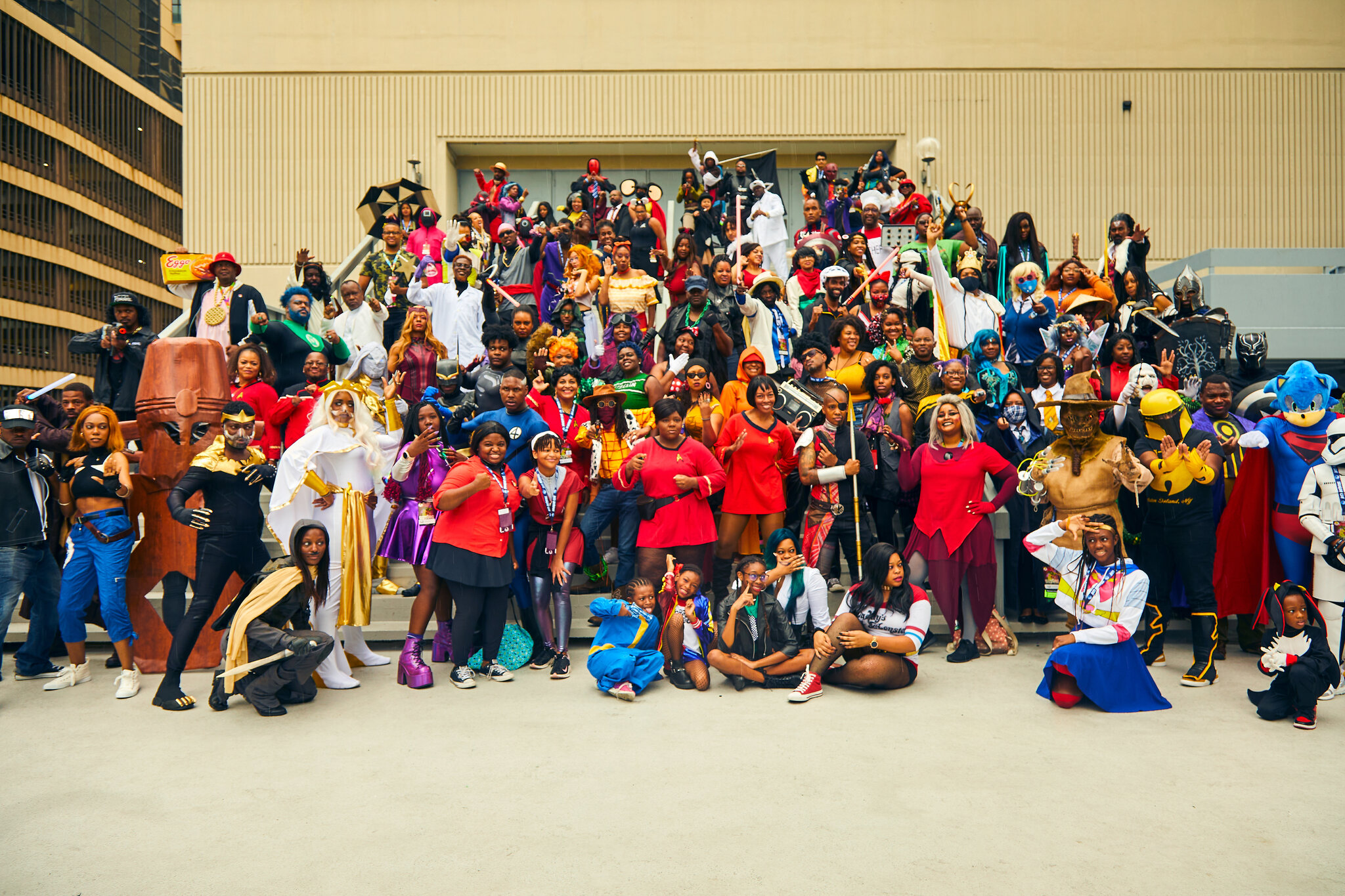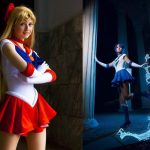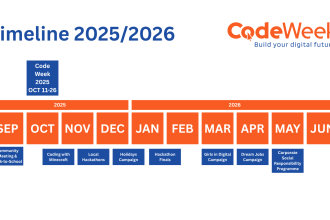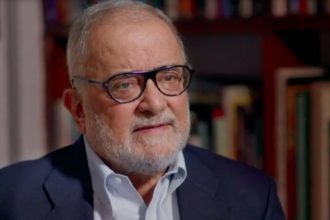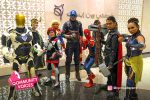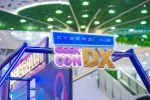Intro: Sharing Our Passion with Young Minds
Last month, we had the incredible privilege of visiting Al Khor High School to present an outreach program about cosplay as a form of art, self-expression, and technical skill development. This visit was part of our ongoing educational outreach initiative, which aims to introduce young people to the creative and educational aspects of cosplay while breaking down misconceptions about the hobby.
Our presentation to the school’s art club and technology students was designed to showcase cosplay not just as a hobby but as a multidisciplinary activity that combines artistic skills, technical craftsmanship, performance art, and community engagement. The enthusiastic response from both students and faculty has inspired us to expand our educational outreach efforts throughout the coming academic year.
The Presentation: Cosplay as Multidisciplinary Art
Our presentation at Al Khor High School was carefully crafted to appeal to students with diverse interests, demonstrating how cosplay can incorporate elements of art, technology, engineering, history, and performance. The goal was to show students that their existing interests and skills could be applied to this creative hobby in ways they might not have previously considered.
- Sewing and textile arts
- Sculpture and 3D modeling
- Electronics and programming
- Makeup and special effects
- Public speaking and performance
- Project management and budgeting
- Foam crafting basics using EVA foam and simple tools
- Wig styling and basic character hair techniques
- Makeup transformation using contouring and highlighting
- Simple prop construction using everyday materials
- Costume design for film, television, and theater
- Special effects and makeup artistry
- Product design and 3D modeling
- Event planning and convention organization
- Digital art and graphic design
- Education and workshop instruction
Student Reactions: Enthusiasm and Engagement
The response from students at Al Khor High School exceeded our expectations, with many expressing genuine excitement about the possibilities cosplay presented for combining their diverse interests. The interactive nature of our presentation encouraged active participation and thoughtful questions that demonstrated real engagement with the material.
- “How do you balance schoolwork with such time-intensive hobbies?”
- “Can cosplay skills really lead to actual careers, or is it just for fun?”
- “What’s the most challenging costume you’ve ever made, and what did you learn from it?”
- “How do you handle criticism or negative comments about your costumes?”
- “Is cosplay expensive to get started with, or are there budget-friendly options?”
Q&A Session: Addressing Student Curiosity
The Q&A portion of our presentation became one of the most engaging segments, as students felt comfortable asking detailed questions about everything from technical techniques to community dynamics. Their questions revealed thoughtful consideration of both the practical and social aspects of cosplay as a hobby and potential career path.
- Start with simple projects to build confidence and basic skills
- Join online communities and local groups for support and advice
- Attend workshops and conventions to learn from experienced cosplayers
- Practice regularly and don’t be afraid to make mistakes
- Document your progress to track improvement over time
- Most cosplay communities are welcoming and supportive of newcomers
- Established etiquette guidelines help maintain positive interactions
- Reporting mechanisms exist for handling harassment or inappropriate behavior
- Constructive feedback is an important part of skill development
- Personal safety and comfort should always be priorities
Conclusion: The Importance of Youth Outreach
Our visit to Al Khor High School reinforced our belief in the importance of educational outreach and youth engagement for the long-term health and growth of the cosplay community. By introducing young people to cosplay as a legitimate form of artistic and technical expression, we’re not only expanding our community but also helping students discover new ways to apply their interests and talents.
The enthusiastic response from students and faculty has inspired us to expand our educational outreach program throughout the coming academic year. We’re already planning visits to several other schools and educational institutions, with presentations tailored to different age groups and interests.
Upcoming educational outreach activities include:
- University-level workshops on cosplay as applied art and design
- Middle school presentations focused on creativity and self-expression
- Special education program adaptations for inclusive participation
- Teacher training workshops on incorporating cosplay into curriculum
We’re also developing educational resources that schools can use independently, including beginner guides, project templates, and safety guidelines. These materials will help educators introduce cosplay concepts even if they’re unable to arrange a full presentation from our community volunteers.
For community members interested in participating in our educational outreach efforts, we’re always looking for volunteers who can share their cosplay experiences and skills with young people. No advanced expertise is required – even beginners can provide valuable perspectives on getting started in cosplay. Training and support are provided for all volunteers.
Schools or educational institutions interested in hosting a Q-Cosplay presentation should contact our Education Coordinator at education@qcosplay.org. We’re happy to customize presentations to fit specific curricular needs and available time slots.
As we continue to grow and evolve, our commitment to educational outreach remains a core value that reflects our belief in cosplay as a positive, creative force that can benefit people of all ages. The next generation of cosplayers is already showing incredible enthusiasm and creativity – we’re excited to help nurture that potential.
